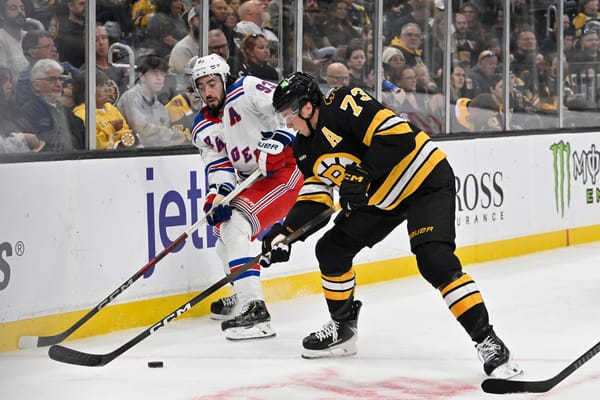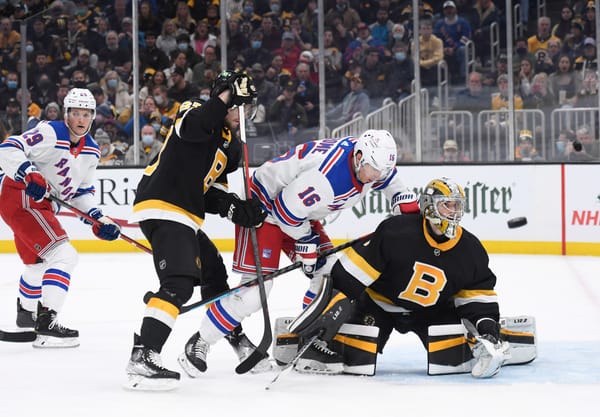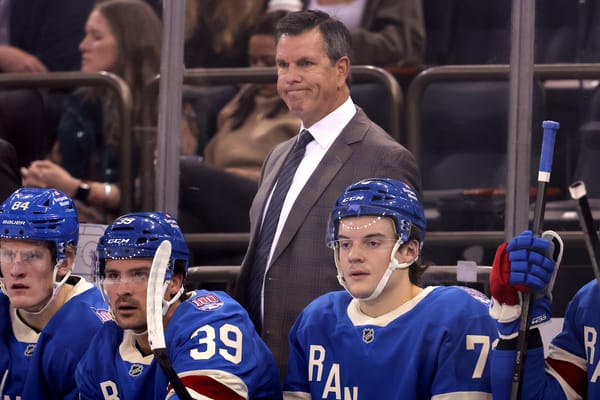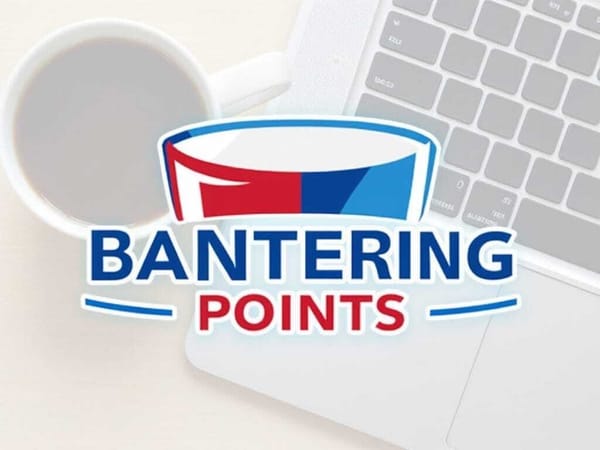2022 Report Card: Ryan Reaves
After years of soft murmurs that the Blueshirts admired Reaves from afar, they went out and acquired him last offseason to add some muscle to their lineup
Between their late season shellackings at the hands of the New York Islanders and the Tom Wilson incident against the Washington Capitals, the Rangers entered the 2021 offseason wanting to be tougher to play against. The 2012 fight night against the New Jersey Devils saw the team ice three enforcers in Stu Bickel, Brandon Prust, and Mike Rupp to start that game and send a message. The 2021 fight night against Washington saw the roles of Bickel, Prust, and Rupp played by Colin Blackwell, Phil Di Giuseppe, and Kevin Rooney. Brendan Smith, Anthony Bitetto, and Ryan Strome got in on the fisticuffs shortly thereafter, but nobody would call refer to any of those six players as an enforcer.
One angrily worded letter and two firings later, Chris Drury was the lead decision maker on Broadway and made it clear the Blueshirts would be a tougher group the following season. In exchange for what ended up being the 95th pick of the 2022 Entry Draft, Drury acquired Ryan Reaves from the Vegas Golden Knights on July 29th, and tacked on an extra year on to Reaves’ contract before he even suited up for the team.
Reunited with his former coach from Vegas in Gerard Gallant, Reaves found himself in the lineup more often than not. Although he sat as a healthy scratch for the final two games of the season, Reaves was a regular presence on the fourth line. So how did he do on that line?
Boxcar Stats: 69 GP, 5 G, 8 A, 44 SOG, 10:38 TOI/GP, 43 PIM, -9 Penalty Differential, -14 On-Ice Goal Differential
5-on-5 Analytical Metrics: 1.00 Points/60, -10.57 Relative CF%, -11.04 Relative SF%, -17.10 Relative GF%, -11.46 Relative Expected GF%, -8.14 Relative SCF%, 98.8 On-Ice PDO, -5.9 GAR
Playoff Stats: 0 Points, 9:25 TOI/GP, -3.89 Relative CF%, 0.60 Relative xGF%, -1 On-Ice Goal Differential
Aside from Julien Gauthier, no other Ranger that finished the season on the NHL roster skated less minutes per game than Reaves. Being brought in to serve as a deterrent against other teams, Reaves only dropped the gloves and fought three times this season. Colorado’s Kurtis MacDermid, Tampa Bay’s Patrick Maroon, and Montreal’s Michael Pezzetta were his opponents, with the tilt against Maroon serving as a preview of those two going at each other throughout the Eastern Conference Finals.
There weren’t a ton of nights to write home about from a production stand point. Reaves failed to find the back of the net until January 20th, although he scored both his first and second goals as a Ranger that night:
Aside from that night, Reaves was generally a massive drag on the Blueshirts’ performance on the ice. Looking at shot attempts, shots on goal, expected goals, and basically every shot and chance related statistic, Reaves was at or near the bottom of every on-ice metric. The ones he wasn’t dead last in, he was usually joined by the likes of Kevin Rooney and Greg McKegg, both of whom are no longer on the team.
There isn’t a stat out there that makes Reaves look like a strong contributor to New York’s success this season. The Rangers were outscored 30-16 at even strength with Reaves on the ice, and that minus 14 goal differential was the worst on the team. The Blueshirts’ forward depth was their glaring weakness for the first three quarters of the season prior to the trade deadline, and getting outscored by nearly a 2:1 ratio whenever Reaves was on the ice was a major part of that issue.
One stat that highlights Reaves’ all-encompassing deficiencies well is the Goals Above Replacement model from Evolving Hockey. GAR (and its W(ins)AR and S(tandings)P(oints)AR conversions) are cumulative stats that incorporate even strength play, special teams play, and penalty impacts. Out of 427 forwards to skate at least 350 minutes this season, Reaves was one of only 11 to be far enough in the red in GAR to account for at least -1 WAR. That comes in spite of basically zero special teams time, which other bad players in his vicinity receive and give them more opportunities to be bad.
Taking out the special teams component of GAR and WAR, only five other players were such drags at even strength to account for -1 WAR. Being the team’s best chirper and releasing them onto the ice for games are nice things to get a chuckle out of once in awhile, but when having that requires icing a player in the conversation for the worst skater in the league, something has to give.
GAME 7 RELEASE US pic.twitter.com/PkhrTrCjUQ
— New York Rangers (@NYRangers) May 15, 2022
When the playoffs rolled around, Reaves spent even more time watching games from the bench than he usually did. No forward skated less than the 9:25 per game Reaves did in the playoffs. After a particularly rough four games against the Lightning in the Eastern Conference Finals. Reaves spent the final two games of New York’s season in the press box. For all the questions surrounding Kaapo Kakko’s future following his season-ending healthy scratch, Reaves’ roster spot for the 2022-23 campaign appears to be locked up even in the midst of the Blueshirts’ ongoing cap crunch.
Final Thoughts:
Similar to Alain Vigneault’s affinity for Tanner Glass from their time in Vancouver, Reaves clearly endeared himself to Gerard Gallant during their time together in Vegas, and that helped lead to his arrival in New York. The age of the enforcer has come and gone at this point, but Reaves is one of the last of a dying breed of NHL player. His first season in New York went about how the residents of Rangerstown expected it would. Hopefully his second season will be a pleasant surprise.
Author Grade: F
Masthead Average: D (2 C-’s, 3 D’s, 2 F’s)
*All Data via Natural Stat Trick and Evolving Hockey





